- Back to Home »
- Discover world's most visited museums
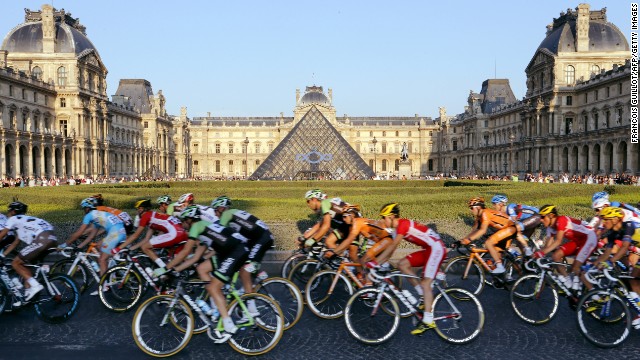 The Louvre was built during the 12th century as a fortress to defend Paris from Anglo-Saxon invaders. Paris' sprawl quickly swallowed the area and it became a royal palace until the 18th century, when it was transformed into a museum that today houses masterpieces such as "Mona Lisa," "The Raft of The Medusa," "Oath of the Horatii" and many more.
The Louvre was built during the 12th century as a fortress to defend Paris from Anglo-Saxon invaders. Paris' sprawl quickly swallowed the area and it became a royal palace until the 18th century, when it was transformed into a museum that today houses masterpieces such as "Mona Lisa," "The Raft of The Medusa," "Oath of the Horatii" and many more.  The National Museum of Natural History, part of the Smithsonian Institute, has stood on the National Mall in Washington since 1910. The NMNH collection includes more than 126 million natural science specimens and cultural artifacts from all over the globe.
The National Museum of Natural History, part of the Smithsonian Institute, has stood on the National Mall in Washington since 1910. The NMNH collection includes more than 126 million natural science specimens and cultural artifacts from all over the globe. 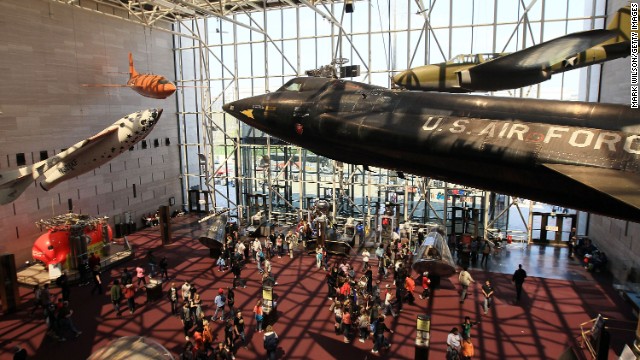 The National Air and Space Museum is the largest of the Smithsonian Institution's 19 museums. It houses approximately 60,000 objects connected with human flight, artwork and archival materials, including the 1903 Wright Flyer, Charles Lindbergh's Spirit of St. Louis and the Apollo 11 command module.
The National Air and Space Museum is the largest of the Smithsonian Institution's 19 museums. It houses approximately 60,000 objects connected with human flight, artwork and archival materials, including the 1903 Wright Flyer, Charles Lindbergh's Spirit of St. Louis and the Apollo 11 command module. 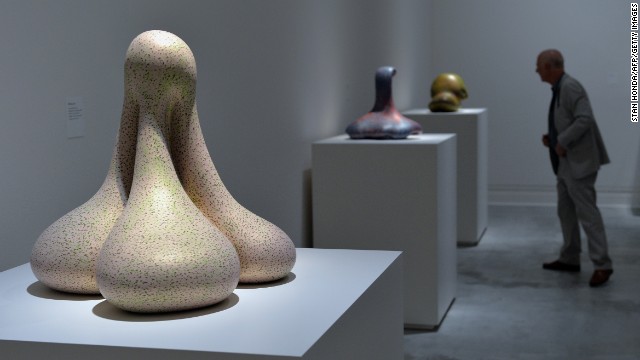 The Metropolitan Museum of Art traces its roots to a group of 19th-century Americans living in Paris who decided to create a collection of art to advance artistic education in the United States. Today the museum has more than 2 million objects in its collection, displaying tens of thousands at any given time.
The Metropolitan Museum of Art traces its roots to a group of 19th-century Americans living in Paris who decided to create a collection of art to advance artistic education in the United States. Today the museum has more than 2 million objects in its collection, displaying tens of thousands at any given time. 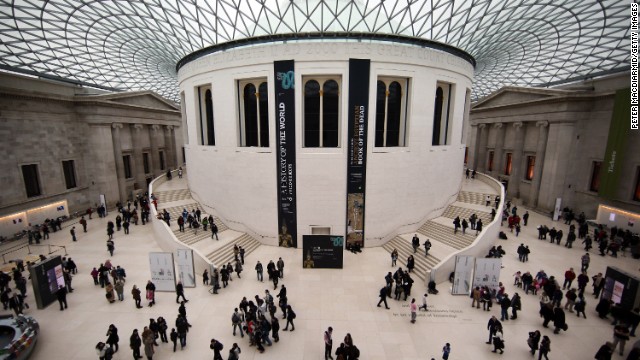 The British Museum was started in the mid-18th century from the personal collection of Sir Hans Sloane and, except for two world wars, has remained open since. It will open two temporary exhibitions this fall; "Shunga: Sex and Pleasure in Japanese art" on October 3, and "Beyond El Dorado: Power and Gold in Ancient Colombia" on October 17.
The British Museum was started in the mid-18th century from the personal collection of Sir Hans Sloane and, except for two world wars, has remained open since. It will open two temporary exhibitions this fall; "Shunga: Sex and Pleasure in Japanese art" on October 3, and "Beyond El Dorado: Power and Gold in Ancient Colombia" on October 17. 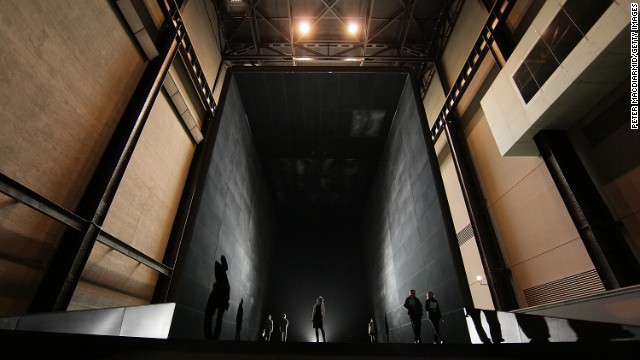 Tate Modern was founded at the end of the 19th century by sugar refining industrialist Henry Tate and now has four sites. The Museum is home to more than 70,000 works, including the national British collection from 1500, international modern art and contemporary art.
Tate Modern was founded at the end of the 19th century by sugar refining industrialist Henry Tate and now has four sites. The Museum is home to more than 70,000 works, including the national British collection from 1500, international modern art and contemporary art. 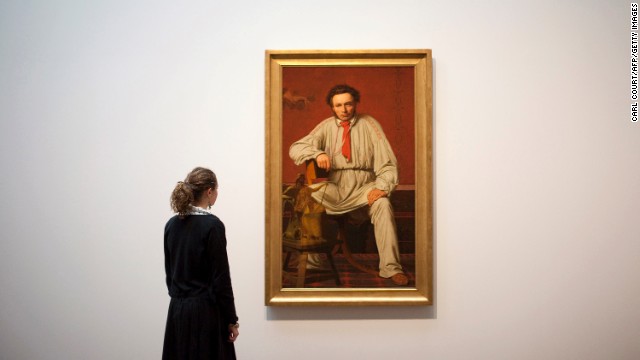 The National Gallery is located in London's Trafalgar Square and its collection encompasses Western European painting from the 13th century through the 19th. With more than 2,300 pieces, the museum is home to, among others, works by Botticelli, Leonardo, Michelangelo, Velázquez, Rembrandt and Van Gogh.
The National Gallery is located in London's Trafalgar Square and its collection encompasses Western European painting from the 13th century through the 19th. With more than 2,300 pieces, the museum is home to, among others, works by Botticelli, Leonardo, Michelangelo, Velázquez, Rembrandt and Van Gogh. 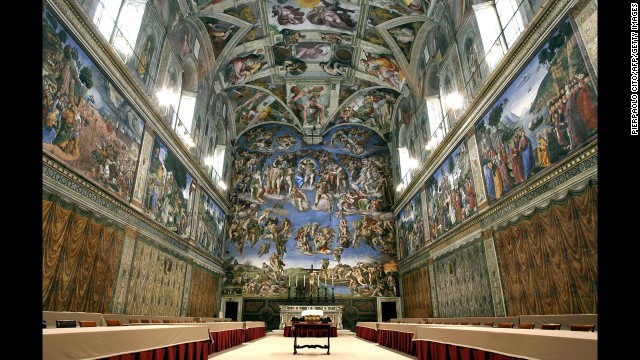 Pope Julius II's decision to display a collection of sculptures at the beginning of the 16th century led to the Vatican Museums. Sections include ethnology, Egyptian history, Etruscan history, tapestries, ceramics, contemporary art, the Sistine Chapel and much more.
Pope Julius II's decision to display a collection of sculptures at the beginning of the 16th century led to the Vatican Museums. Sections include ethnology, Egyptian history, Etruscan history, tapestries, ceramics, contemporary art, the Sistine Chapel and much more. 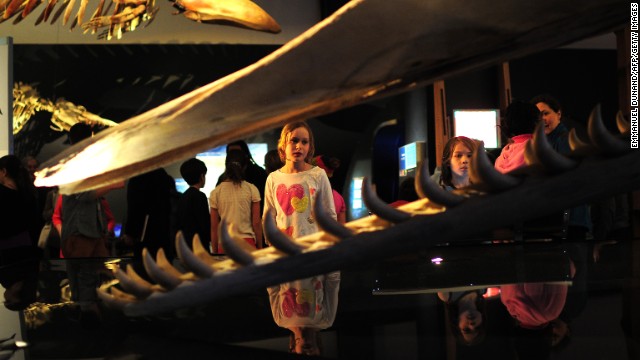 Located across the street from Central Park in New York City, the American Museum of Natural History is featuring two temporary exhibits, "Frogs: A Chorus of Colors" and "Whales: Giants of the Deep" until January 2014. The museum's first supporters included Theodore Roosevelt and J.P. Morgan.
Located across the street from Central Park in New York City, the American Museum of Natural History is featuring two temporary exhibits, "Frogs: A Chorus of Colors" and "Whales: Giants of the Deep" until January 2014. The museum's first supporters included Theodore Roosevelt and J.P. Morgan. 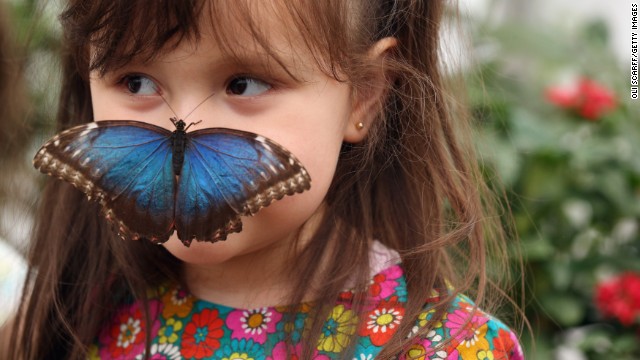 The Natural History Museum opened in 1881, but its collection began when Sir Hans Sloane donated his personal assemblage of artifacts in 1753. Today the museum houses more than 70 million specimens including animals, plants, insects and fossils.
The Natural History Museum opened in 1881, but its collection began when Sir Hans Sloane donated his personal assemblage of artifacts in 1753. Today the museum houses more than 70 million specimens including animals, plants, insects and fossils. 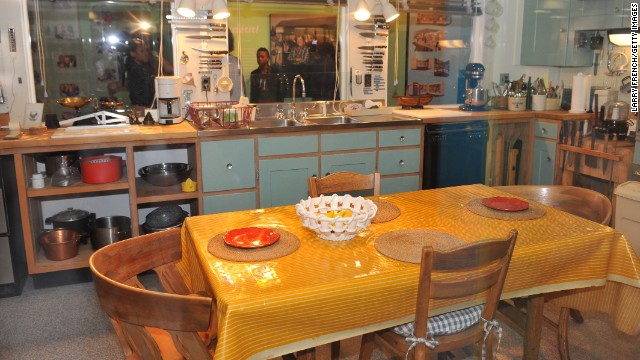 The National Museum of American History, part of the Smithsonian Institute, is home to more than 3 million pieces of Americana. Located on the National Mall since 1964, it archives the history of advertising, agriculture, computers, energy, music, photography, popular entertainment and much more.
The National Museum of American History, part of the Smithsonian Institute, is home to more than 3 million pieces of Americana. Located on the National Mall since 1964, it archives the history of advertising, agriculture, computers, energy, music, photography, popular entertainment and much more. 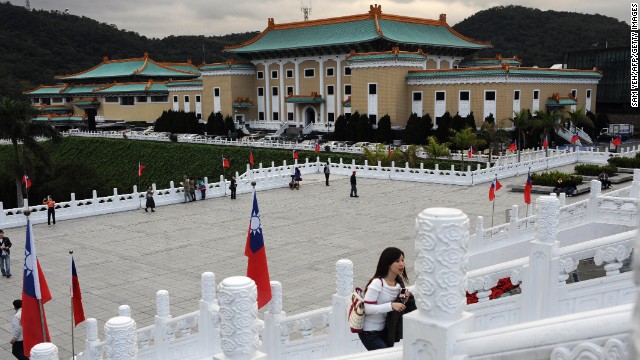 The National Palace Museum's collection of artifacts began with the palatial possessions of China's last emperor Puyi. To avoid destruction during multiple wars, the collections were shipped throughout China before being reassembled in Taiwan.
The National Palace Museum's collection of artifacts began with the palatial possessions of China's last emperor Puyi. To avoid destruction during multiple wars, the collections were shipped throughout China before being reassembled in Taiwan. 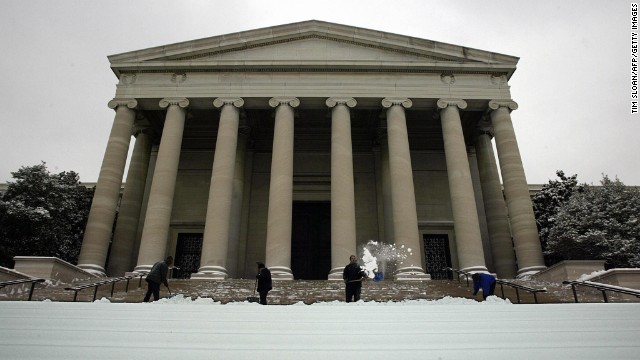 The National Gallery of Art was founded by Andrew Mellon, whose dream was to build and house an art collection rivaling those of other world-renowned museums. The museum opened in 1941 and, among others, displays Picasso's "Family of Saltimbanques" as well as self-portraits by Rembrandt and Van Gogh.
The National Gallery of Art was founded by Andrew Mellon, whose dream was to build and house an art collection rivaling those of other world-renowned museums. The museum opened in 1941 and, among others, displays Picasso's "Family of Saltimbanques" as well as self-portraits by Rembrandt and Van Gogh. 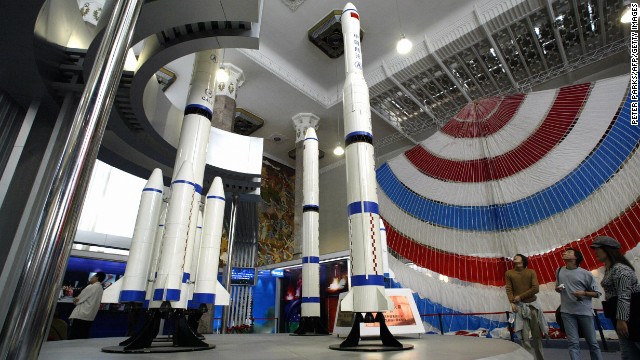 Located in Tiananmen Square, the National Museum of China opened in 2003 as a combination of the National Museum of Chinese History and the National Museum of Chinese Revolution. Current exhibitions include ancient African sculptures, Chinese jades, fan painting of the Ming and Qing dynasties and much more.
Located in Tiananmen Square, the National Museum of China opened in 2003 as a combination of the National Museum of Chinese History and the National Museum of Chinese Revolution. Current exhibitions include ancient African sculptures, Chinese jades, fan painting of the Ming and Qing dynasties and much more. 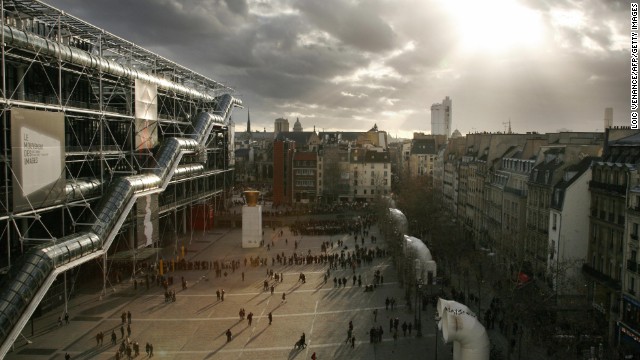 The Centre Pompidou opened in 1977 and is home to France's museum of modern art. It is closely associated with the national public information library.
The Centre Pompidou opened in 1977 and is home to France's museum of modern art. It is closely associated with the national public information library. 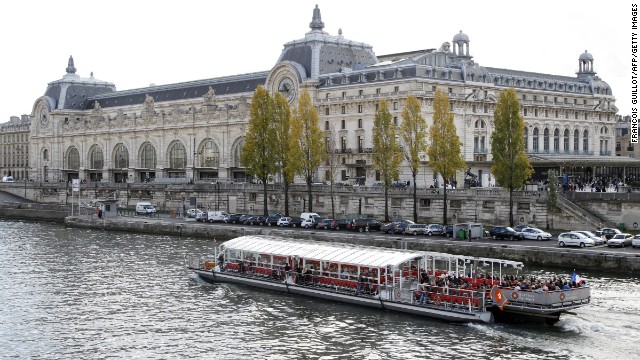 The Musee D'Orsay building is a former Paris train station that displays artwork from 1848 to 1914. It opened in 1986 with collections compiled from three French museums; the Louvre, Musée du Jeu de Paume and the National Museum of Modern Art.
The Musee D'Orsay building is a former Paris train station that displays artwork from 1848 to 1914. It opened in 1986 with collections compiled from three French museums; the Louvre, Musée du Jeu de Paume and the National Museum of Modern Art. 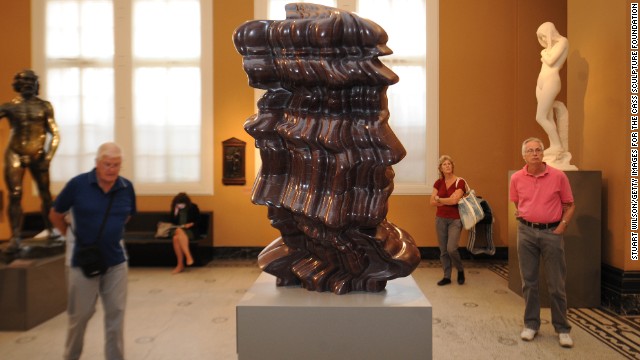 The Victoria & Albert Museum, originally called the South Kensington Museum, was the first museum to collect photographs as works of art. It is home to Charles Dickens' "Oliver Twist" manuscript and a pair of Elton John's glasses.
The Victoria & Albert Museum, originally called the South Kensington Museum, was the first museum to collect photographs as works of art. It is home to Charles Dickens' "Oliver Twist" manuscript and a pair of Elton John's glasses. 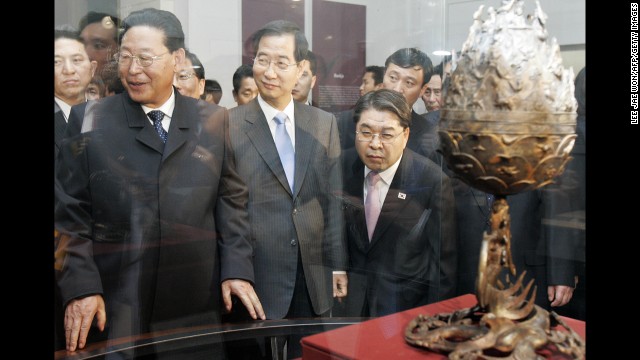 The National Museum of Korea opened at its new location in 2005, but traces its roots to 1909 and the opening of the country's first western style museum, Imperial Household Museum. It is home to more than 12,000 pieces that make up exhibits on prehistory, ancient history and Asian art, including calligraphy, paintings, sculptures and crafts.
The National Museum of Korea opened at its new location in 2005, but traces its roots to 1909 and the opening of the country's first western style museum, Imperial Household Museum. It is home to more than 12,000 pieces that make up exhibits on prehistory, ancient history and Asian art, including calligraphy, paintings, sculptures and crafts. 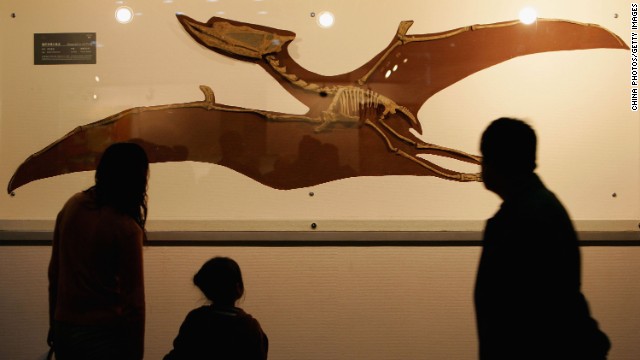 The Geological Museum of China houses more than 200,000 specimens. It completed major renovations in 2004 and will celebrate its centennial in 2016.
The Geological Museum of China houses more than 200,000 specimens. It completed major renovations in 2004 and will celebrate its centennial in 2016. 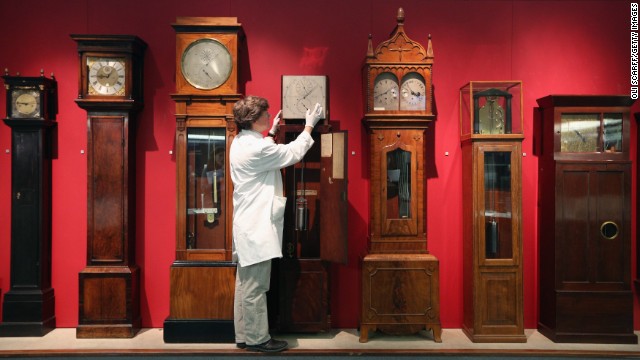 The Science Museum is one of three national British museums in South Kensington, London. It is home to more than 200,000 objects in galleries including Science in the 18th Century, Measuring Time, Challenge of Materials, Veterinary History, Making the Modern World and much more.
The Science Museum is one of three national British museums in South Kensington, London. It is home to more than 200,000 objects in galleries including Science in the 18th Century, Measuring Time, Challenge of Materials, Veterinary History, Making the Modern World and much more. 
1

2

3

4

5

6

7

8

9

10

11

12

13

14

15

16

17

18

19

20
- The Louvre had more than 9.5 million visitors last year
- Half of the list's museums are in Europe
- Washington is home to four of the list's six U.S.-based museums
- China expects museum attendance to reach 1 billion by 2020
(CNN) -- An afternoon spent in a world-class museum can be an out-of-body experience -- a trip in a mental time machine to the courts of China's Ming and Qing dynasties, to the cradle of civilization in Egypt, to Michelangelo, Rembrandt and Picasso's studios or to the top of Gettysburg's Little Round Top, where the Union came within one Confederate flanking maneuver of dissolving.
The Louvre in Paris topped the 2012 Museum Index with more than 9.5 million annual visitors last year. The list is part of the recently released Themed Entertainment Association (TEA) and AECOM global attractions attendance report. Based on attendance figures compiled by AECOM, the index lists the 20 most visited museums worldwide.
The index includes lists for the Americas, Europe and Asia Pacific. Attendance figures from museums in Australia and Canada were used in compiling the report, but they did not make the top 20 worldwide, said John Robinett, AECOM's senior vice president of economics. He said attendance numbers from museums in Africa, Central America and South America were not included because they are difficult to obtain, and this is the first year museums were included in the report.
"We'll probably expand this as we go through time," he said. "So stay tuned."
European museums make up 10 of the 20 on the list, and five of those are in London. Four of the six American museums are in Washington, three of them part of the Smithsonian Institution.
Three of the four Asia/Pacific museums are in China.
China wants to build 1,000 new museums in the next decade and projects museum attendance to reach 1 billion by 2020, according to the report.







